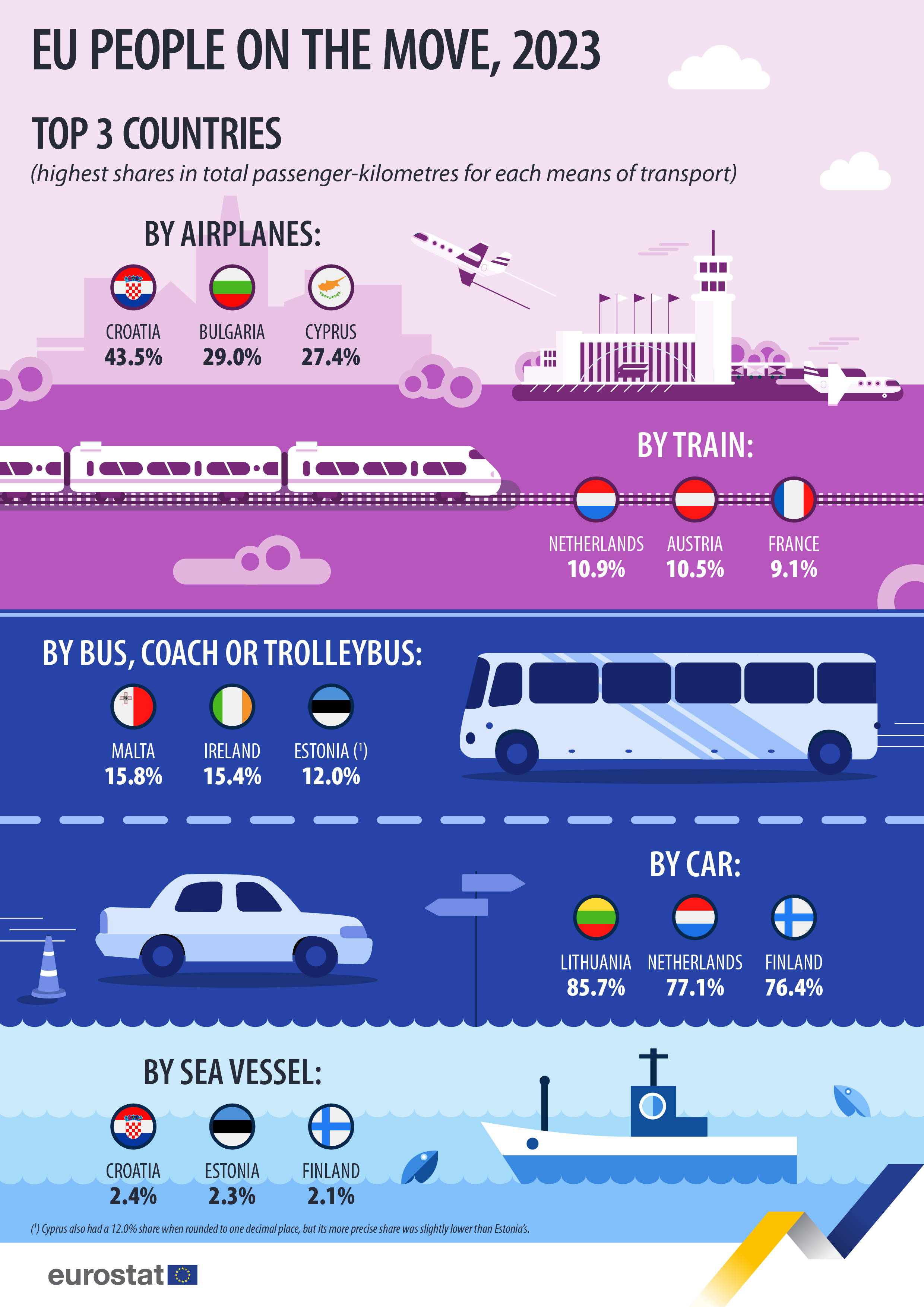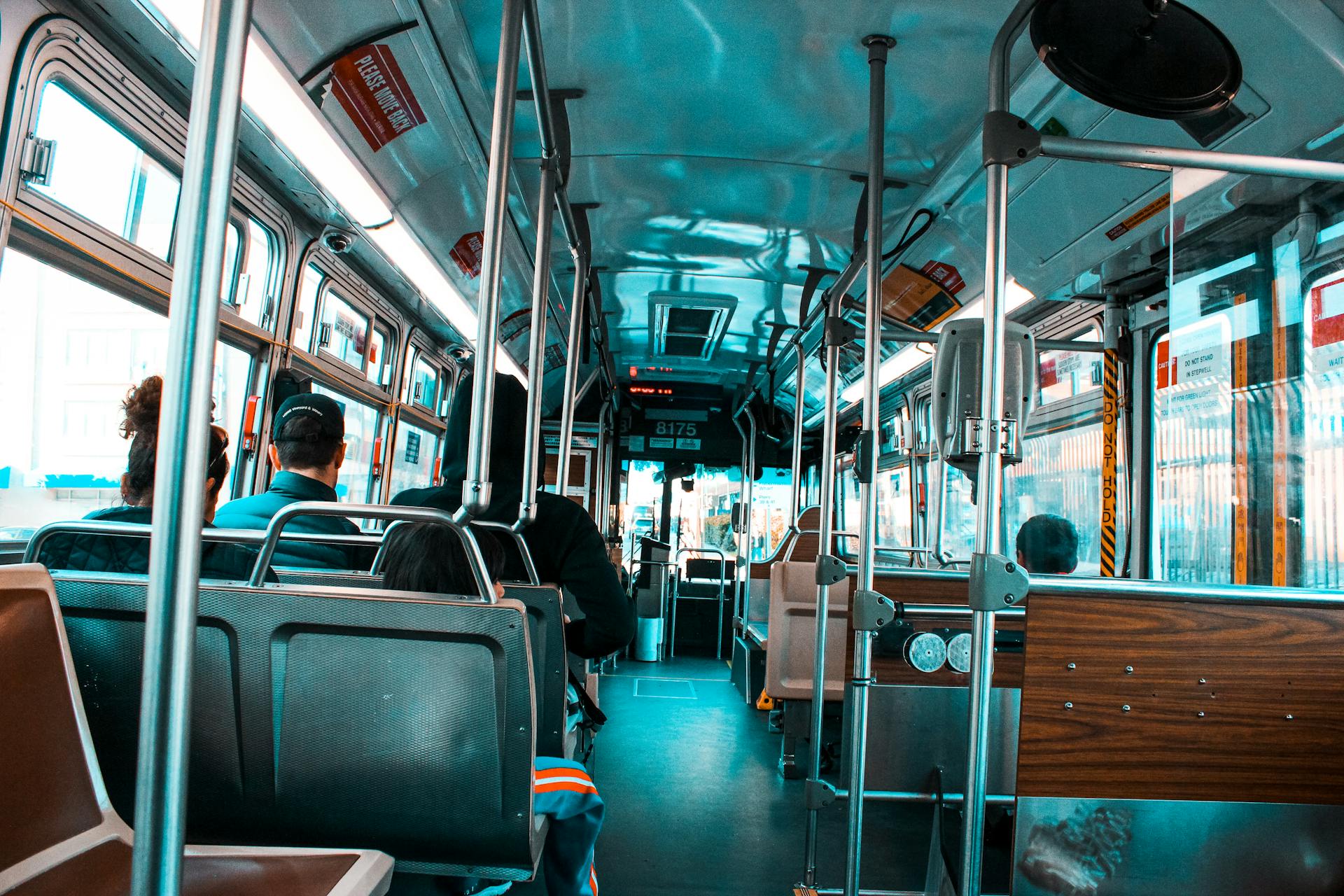Cyprus relied on cars for 60.6 per cent of all passenger-kilometres in 2023, according to a report released this week by Eurostat.
The European Union’s statistical office added that air transport took a share of 27.4 per cent, while buses recorded a share of 12 per cent.
The island had the third-highest air travel share in the EU, as Croatia was first with 43.5 per cent and Bulgaria second with 29 per cent. The EU average stood at 14.7 per cent.
Ireland followed Cyprus at 14.5 per cent, while larger states such as Germany and France reported single-digit figures.
The report also showed that cars remained the main mode across the bloc at 70.6 per cent.
Lithuania recorded the highest reliance at 85.7 per cent, ahead of the Netherlands at 77.1 per cent, Finland at 76.4 per cent and Poland at 74.5 per cent.
Southern states were lower, as Italy stood at 68.2 per cent, Spain at 67.9 per cent and Greece at 65.3 per cent. Cyprus, at 60.6 per cent, was well below the EU average.
Bus travel showed wide variation. Malta was top with 15.8 per cent, followed by Ireland at 15.4 per cent.
Estonia and Cyprus both stood at 12 per cent, while Greece and Portugal were close to 10 per cent.
Germany and France each remained under 6 per cent, as the EU average reached 7.2 per cent.
Rail shares were led by the Netherlands at 10.9 per cent, Austria at 10.5 per cent and France at 9.1 per cent.
Germany followed at 8.3 per cent and Sweden at 8 per cent, while Italy and Spain were lower at around 5 per cent. The EU average stood at 7.1 per cent.
Meanwhile, sea transport represented 0.4 per cent of EU passenger-kilometres. Croatia recorded 2.4 per cent, Estonia 2.3 per cent and Finland 2.1 per cent.
Greece was also above average at 1.8 per cent, while most other members registered less than 1 per cent.
It should mentioned that Cyprus’ numbers are likely shaped by its geography and small size, which limit the length of car journeys and make rail transport nonexistent.
Being an island means that air travel accounts for a larger share of passenger-kilometres compared to continental countries where train or long-distance car trips are alternatives.
Finally, tourism flows could also inflate air travel’s share, as millions of visitors arrive by plane each year.








Click here to change your cookie preferences